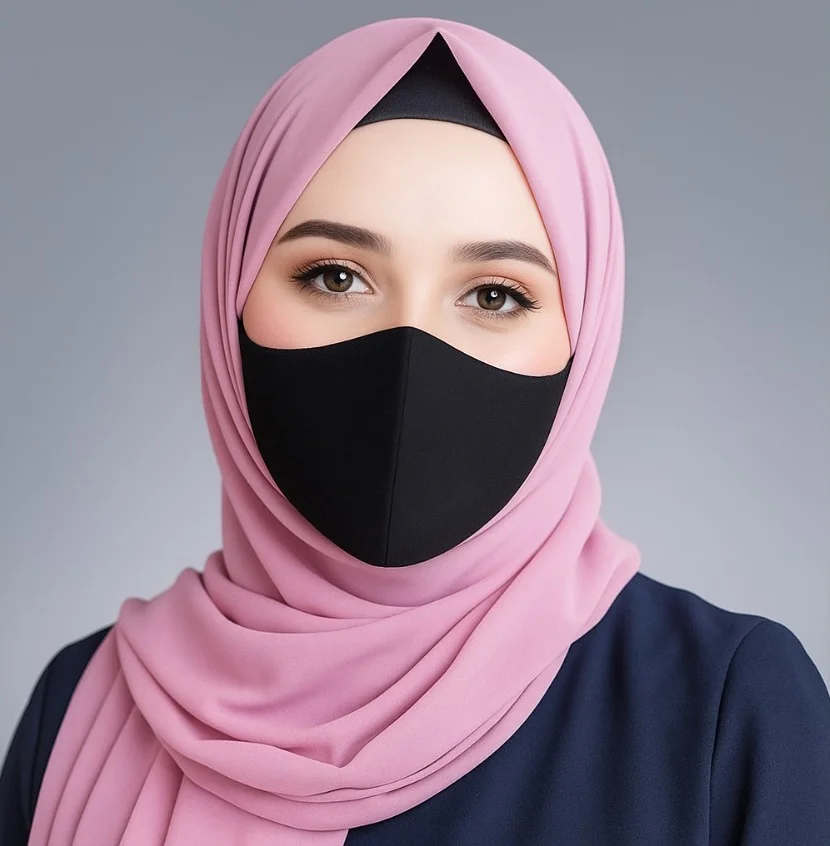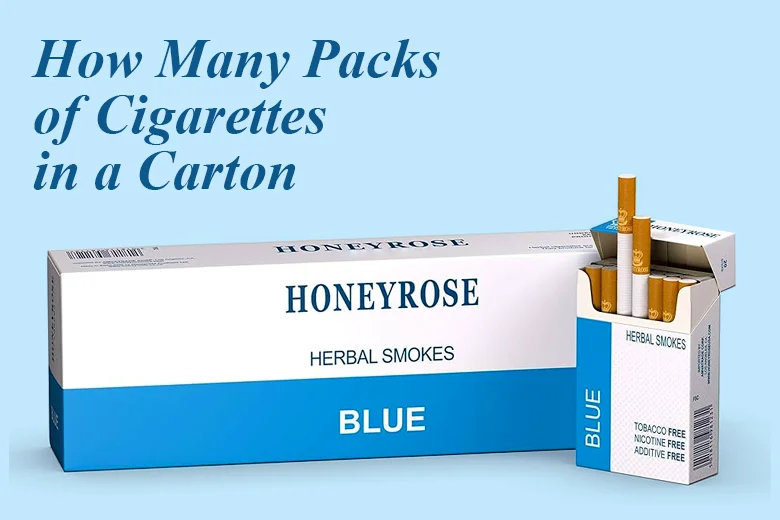When you pick up a brochure or a box with a smooth surface, you might notice a clear layer that makes it feel nice and look finished. That smooth layer is called aqueous coating. It is a water-based finish that protects the printed paper from damage and gives it a clean, polished look. Printers use aqueous coating to improve both the appearance and durability of paper products. It helps resist fingerprints, scratches, and smudges while keeping the colors sharp and vibrant.
In this blog, you’ll learn what aqueous coating does when applied on paper, how it behaves with different paper types, and why it’s one of the most popular finishes in printing today.
What is Aqueous Coating on Paper?
Aqueous coating is a clear water-based finish applied on top of printed paper. It helps protect the surface and gives the paper a clean and professional look. You’ll often see it used on brochures, custom packaging, catalogs, and business cards. While the term “aqueous coating” may sound technical, it simply means a protective layer made from water and safe additives. It is applied right after printing to seal in the ink and improve durability.
Why the Paper Type Matters
The type of paper you use affects how aqueous coating performs. Paper is made from fibers that absorb liquids differently. This means coated and uncoated papers react in unique ways.
- Coated paper has a smooth surface that allows the coating to sit on top. This results in an even finish with a glossy or satin appearance.
- Uncoated paper absorbs more of the coating. This can cause a dull or uneven result. It may also reduce the protective strength since more coating soaks into the paper fibers.
For best results, printers usually recommend using coated papers such as gloss, matte, or silk stock.
How Aqueous Coating Works on Paper?
After printing, the coating is applied directly on the press. It spreads evenly across the surface using rollers. Then, hot air dryers quickly remove moisture so the paper can be handled or cut right away. When the coating dries, it forms a thin protective film over the ink. This film helps resist fingerprints, smudges, and scratches. It also gives the paper a smoother touch and a high-quality finish.
Common Aqueous Coating on Paper
Aqueous coating can create several finishes depending on your design needs.
Gloss Aqueous Coating: Makes colors bright and vibrant. Great for photos and packaging.
Satin Aqueous Coating: Soft shine with a balanced look. Ideal for brochures or business cards.
Matte Aqueous Coating: Smooth and elegant with little reflection. Perfect for a premium feel.
Each finish changes the look and feel of your paper. Choose one that fits your design style and printing purpose.
Benefits of Using Aqueous Coating on Paper
Here are the main reasons printers and brands love aqueous coating.
- Protects the Surface
It keeps the paper safe from scratches, fingerprints, and general wear. - Improves Color and Appearance
It adds depth to colors and gives a professional finish. - Fast Drying
It dries quickly on the press so production moves faster. - Eco-friendly
Since it’s water-based, it has fewer harmful chemicals and supports recyclability. - Cost-effective
It is usually cheaper than UV coating or lamination while still giving a strong result.
When to Use Aqueous Coating on Paper
Aqueous coating is best for projects that will be handled often. It adds both beauty and durability to the printed piece. You can use it for:
- Product packaging
- Brochures and catalogs
- Postcards and mailers
- Menus and presentation folders
It is especially useful for full-color prints with heavy ink coverage since it prevents smudging and ink transfer during stacking or shipping.
Challenges and Limitations
While aqueous coating offers many advantages, there are some limits to keep in mind.
- It is not waterproof. It can resist light moisture but not heavy water exposure.
- On uncoated or textured papers, the coating may soak unevenly.
- Very thin paper may curl during the drying process.
- It may not offer enough protection for packaging that needs a strong moisture or chemical barrier.
Running a test sample before a large job helps avoid surprises and ensures the right finish.
Design and Production Tips
If you plan to use aqueous coating on paper, consider these helpful tips.
- Let your printer know your paper choice before printing.
- Avoid placing fine details or small text across fold lines.
- Coated paper gives the most even and attractive finish.
- Inform your printer if you plan to add other finishes later, like foil stamping or embossing.
These small steps can make your print job look cleaner and last longer.
Cost and Environmental Impact
Aqueous coating is affordable and efficient. It is applied inline on the printing press, which saves both time and production cost. Since it’s made with water-based materials, it releases fewer chemicals during printing. It also keeps the paper recyclable, making it an environmentally responsible option. For businesses focused on sustainability, this finish is a smart and safe choice.
Conclusion
Aqueous coating on paper is one of the best ways to protect your prints and make them look polished. It keeps colors bright, paper clean, and projects professional. It’s also an eco-friendly choice that fits a wide range of printing needs. Whether you want a glossy, satin, or matte look, this clear coating adds value to your printed materials without a big cost. Next time you plan a print job, ask your printer about aqueous coating and see how it can improve your final result.

 Aminah Zaheer
Aminah Zaheer
















.webp)


















